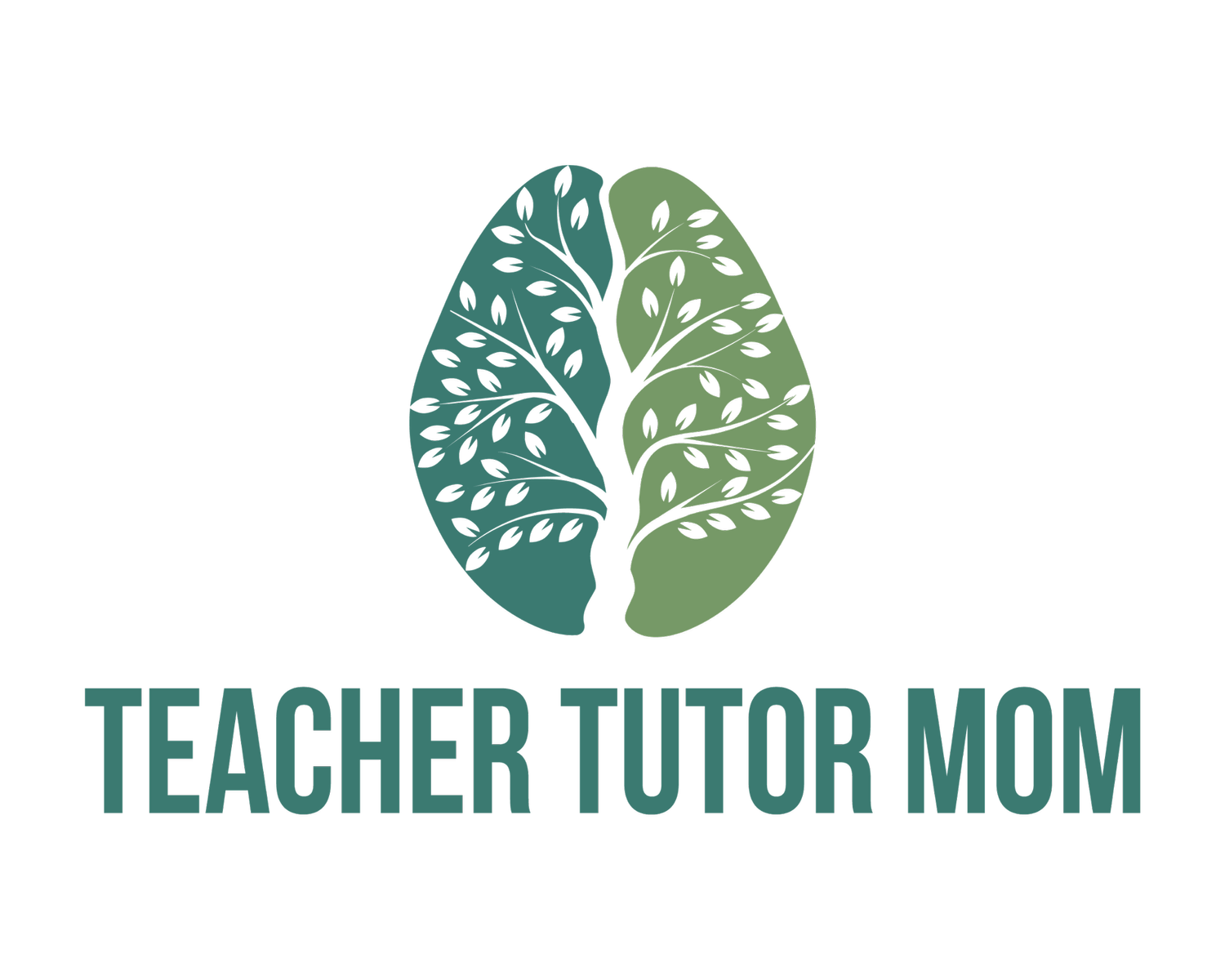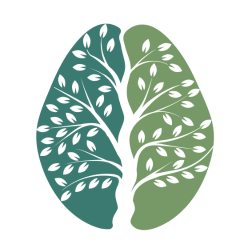25 Items I Can’t Homeschool Without
Heads up: This post contains affiliate links. That just means, if you use one of my links to a product, I may earn a commission on that purchase, but it won’t cost you any extra money. If you choose to use my links, THANK YOU a million!! Read more.
Homeschool supply list? There are several “BIG” items that I highly recommend you have on hand when you start homeschooling…and a lot of small ones!
If I couldn’t find the exact item I purchased, I tried to link to one that either looks the same or at least similar.
Printer (and Copier)
Handy Uses
Some handy uses are copying reproducible books, printing free worksheets you find online, scanning kids' work so you can throw it away but have an electronic record of it.
Black and White vs. Color
If you are in the market for a printer, I would definitely recommend considering one with COLOR printing capacity. It doesn’t have to be a “photo” printer to work for homeschool printables, but at least one that prints in full color is immensely helpful.
Of course, you may want to stick with a simple black and white printer and THAT IS TOTALLY ACCEPTABLE! I have friends who do and it works just fine for them.
This is the one I have - and my sweet techy husband did a lot of research to find me one that would meet my homeschooling needs. I’ve really loved it. Just figured I’d share in case you are in the market for a new printer.
Scanner
Yet again, my hubby bought this amazing scanner for me a while back and it has been INCREDIBLE for scanning double-sided pages to help me keep up with school records. It was definitely a splurge, but it has been such a help!!!
For more on how I use the scanner to keep homeschool records, check out this post.
This is a LIFE-SAVER...they aren't super pricey, but they are worth every penny. The amount of time one of these little gadgets will save you is worth it - esp. if you are homeschooling elementary kids. This is the one I use.
Computer
If you are reading this I'm assuming you have a computer- or a smart phone. So, I probably don't need to convince you to buy a computer.🙂
Sure the old-fashioned, individual hole punch works, but I just can't begin to imagine how many hours having a 3-hole-punch has saved me. I think this is the one I use. I’ve had mine so long - over a decade - and don’t remember where I first bought it. But this looks the same & is the same brand. It’s held up fantastic!! And I love the ease of use.
Apparently there are far more options now than the original ugly white hole reinforcers like I have always used. Like these “fruit” ones.
Anyway, hole reinforcers can be good to have on hand. When you are using binder pages day after day you can often end up with rips, but these can quickly solve the problem and then you move on.
OR - Another option is tape...
Just loop the tape over the side of the paper and stick it to the back. Then, use that 3-hole punch (or a hand punch) and cut out the hole again. For some of my papers I have even run a strip of tape down either side of the seam just to reinforce it before hole punching and putting in my binder.
My lesson plan sheets are an example of where I often need to reinforce or repair a hole.
I think this one is self-explanatory. I love mine that is similar to this one. The “one finger” feature or whatever they call it just means you have to exert less force to staple.
Types of Paper
I often have two stashes of paper - the cheap stuff (approx. 20 lb. weight) and the nicer stuff (at least 28 lb. but preferably 32 lb.).
Everyday Use
The thinner sheets are great for quick access for kids and for printing one-sided coloring pages, etc. Here’s a link to one. I usually shop around for the best price.
BUT I have found that thicker paper (28-32 lb.) produces a night and day difference when I am printing pages front and back and don't want the text to show through.
Premium Grade
I use 32 lb. paper for lesson plan book printing as well as checklists for completing curriculum, etc. - really any time I want something to hold up longer or print double-sided without showing through.
Writing Utensils
Highlighters
Sometimes I use highlighters to mark completed assignments rather than crossing off or checking them off. This works well when I copy the Table of Contents from a book and want to mark it off as we complete each lesson or chapter.
Kids often enjoy highlighting words or concepts in curriculum as they go through it...Sometimes we even use highlighters for handwriting practice to make it more “fun.”
I recently purchased this set of pastel highlighters and have really liked that they aren’t as stark as the typical neon ones.
Pens
These are for me! Not the kids. Granted, as they get older, I’m sure they’ll start to pick ones they love. I really like Paper Mate Flair Felt-Tip pens, and Pilot Precise V5 RT pens, and Le Pen. The case on the LePen set actually comes in handy - it sits up on the desk for you!
Markers
I prefer to buy washable markers during the summer when they go on sale.
It might be worth stocking up then if you tend to go through them as quickly as we do - leaving tops off to let them dry out anyone? (Ugh it makes me so mad!)
It is really helpful to keep a few Sharpies around. Mine go in the top cabinet - well, until my kids discovered them and decided that they prefer to draw with them…
The brand matters...make sure that the erasers actually work!! So many of them don't. Check out Ticonderoga for a good solid pencil you can buy in bulk.
Stickers
Yep! Because why not!? Happy faces for good work sticker charts. They are great entertainment for smaller kids while you try to work with the older ones.
Check the dollar store near you for some - or craft stores for special ones. Or just stock up on some cheap ones from Amazon.
Smart Phone
Here are some of the ways I like to use my smart phone for school…
Record videos of presentations or memory work as an electronic record and for sweet memories. It also helps for kids to be able to see the progress they’ve made over the course of the year.
Photos- take quick picture proof of activities to put in electronic records, of course to send to grandparents.
Audio recording - record yourself reading stories so they can go back and read along independently. Or record your kid reading.
Look up random info during school day - videos, definitions, pictures. It’s my go-to dictionary and encyclopedia.
Tape
Packing tape works great for fixing books if when pages tear. I typically keep some Scotch packing tape around.
I also find myself using packing tape for a variety of things - of course you can use it to put papers on the wall. But I have found it works well to attach laminated pages such as a number line to the table while we play a game. This way it prevents the paper from moving around.
And of course regular tape needs to be in there! My kids seem to think this kind of tape is a toy. Are they the only ones? Ugh it drives me crazy!!
Seriously, This is one of my new FAVORITE Things!! I use these for my All About Reading curriculum manipulatives (see in this article).
These are like pockets that keep any game pieces from falling out. They are so heavy-duty that they actually don’t need to be reinforced - unlike others I have bought.
However - I use “regular” heavy-duty sheet protectors to hold single papers or as a cheap, portable whiteboard.
Dry Erase Markers
Big ones for whiteboard - both for yourself and kids & don’t forget an eraser (or a few pieces of felt)
Thin ones for writing on erasable books or sheet protectors with a workbook page inside. I especially love these thin ones that have an eraser attached. Buy yourself some time here.
Adult scissors
Get these for sure! SEVERAL pairs - I like the ones that are “titanium.”
Kid scissors
These come in different sizes and types - sharp, dull, plastic, little kid, medium kid, some are specific for L/R handed kids. Pay attention to the size hands the scissors are intended for. Some are made for young children but won’t fit as the kids grow. Again, these are great to pick up when school supplies go on sale in mid to late summer.
Glue
Glue sticks
Need I explain? I love how easy glue sticks are - BUTTTTT….my kids leave the tops off all the time and they dry up. So, they are NOT very economical in the long run.
Liquid school glue
I try to keep some around even though typically I like the “less mess” of a glue stick.
Craft glue
This comes in handy because it’s stronger than regular school glue. However, it isn’t necessary unless you’re working with materials that need a stronger glue (think art projects).
3-Ring Binders
I use so many of these, in various sizes, for holding books, copies, etc. Thankfully they can be reused for a long time for various resources.
Fun fact - if the binder has a clear plastic front cover, you can use it as a tabletop standing whiteboard.
I like to keep a variety around. Just think through what you want to use them for. The dollar store can be a good place to grab some or grab them from Walmart at the beginning of the school year.
Plain double pocket folders
Folders with brads
File folders
Plastic polymer folders
Some simple 1x3-inch labels can go a long way in helping organize your supplies. Use them to label drawers, notebooks, etc. They are great to have around!
It has legit been a game-changer for me. It works like a binder but has the flexibility of a notebook. I use it for my lesson planner. Can’t recommend this enough!
Plastic 3-drawer Organizers
This Sterilite 12x12 3-drawer plastic organizer (Hobby Lobby is currently quite a bit cheaper than Amazon) has come in handy for storing everything from small items like staples and glue, to having one drawer as a “finished work” drop-zone. I have multiple sets of these - as well as various sizes - and have really enjoyed them ever since I was a classroom teacher. They have held up for YEARS (we’re talking over a decade).
Sticky Notes
Different sizes can be great to have on hand. Small ones make great book marks, while medium work well for reminders and can serve as temporary labels while deciding on how to organize your space.
I hope this list was helpful for you as you plan your upcoming year of homeschooling!
For Further Reading…
Free Homeschool Curriculum Planning Trello Board
































